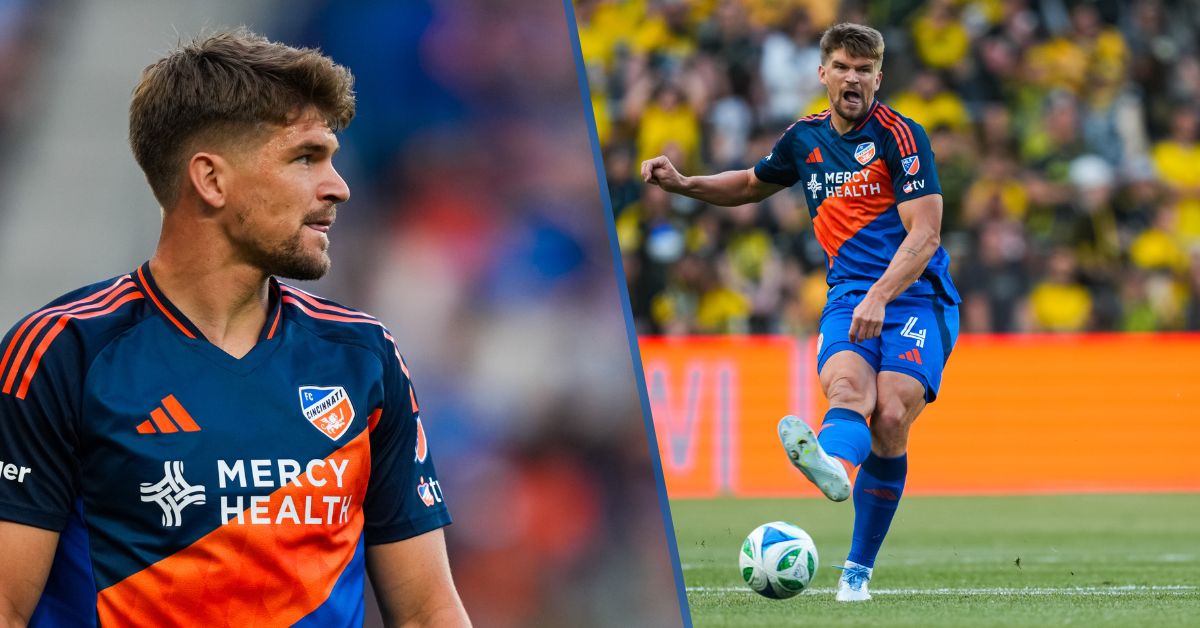Intermittent pain in your hip can be normal. However, there are many people who deal with hip pain daily and show no signs of getting better.
When normal activities, like getting dressed or driving, become painful or difficult, it is probably time to see a specialist. Hip problems can also sometimes present with symptoms that may be related to other areas of the body, like your back, knee, or groin. Therefore, it’s actually not uncommon for people to see multiple specialists before it becomes apparent that the hip is the source of the pain.
Ankit Bansal, MD, an orthopedic surgeon in our Cincinnati market, specializes in minimally invasive hip, knee, and shoulder procedures as well as replacement and revisionsurgery. He has additional specialty training in hip arthroscopy and periacetabular osteotomy for dysplasia.
Depending on your pain and what your physician feels is the best treatment is, surgery may be the best treatment plan. From there, you may be a candidate for either a total hip replacement or hip preservation. The best option, according to Dr. Bansal, is individual to each patient and their current overall health.
Total hip replacement
“A total hip replacement is one of the most successful operations for patients, if done well and for the right reasons,” Dr. Bansal shares.
Today’s techniques have become much less invasive than in years past. Now, surgeons can preserve as much capsule and tissue surrounding a patient’s hip, with the ultimate goal of quicker rehabilitation and less overall pain.
An anterior hip replacement hurts for about 10 days, patients follow a limited walking protocol for the first four weeks and then progress to physical therapy and even sport specific training thereafter. By the three-month mark, it’s possible to place no restrictions on anyone’s function, essentially for life.
Hip preservation
According to Dr. Bansal, this is an area within orthopedics which has seen the fastest growth over the last five to seven years.
“We now understand the mechanics, the stressors and the pitfalls of a young but painful hip,” he adds. “So, we have techniques to ‘preserve’ your hip, while improving pain and function, without the need to necessarily replace it.”
Dr. Bansal says that most pre-arthritic hip pain is due to either hip impingement, hip dysplasia or a combination of both.
Hip impingement is predictably resolved with arthroscopic repair, which can free up range of motion, while relieving pain. This typically involves two to three months of therapy, but one can expect pain relief long before three months of having surgery. Presence of dysplasia, however, can be significantly more challenging to address. The most important aspect of this disorder is an accurate diagnosis, which can often go unnoticed for years.
Correcting hip dysplasia involves arthroscopic correction, but also bony realignment surgery of the socket. This is a far more involved procedure, but it has predictable results. These operations are often done on patients 15 to 45 years of age. Arthroscopic surgery alone, however, can be performed on almost any age.
Overall, Dr. Bansal shares that our understanding of the hip joint is far better now than ever before.
“We are better at giving patients answers about their hip than before, including accurate diagnosis and prognosis.”
Learn more about the orthopedic and sports medicine services we offer at Mercy Health.






